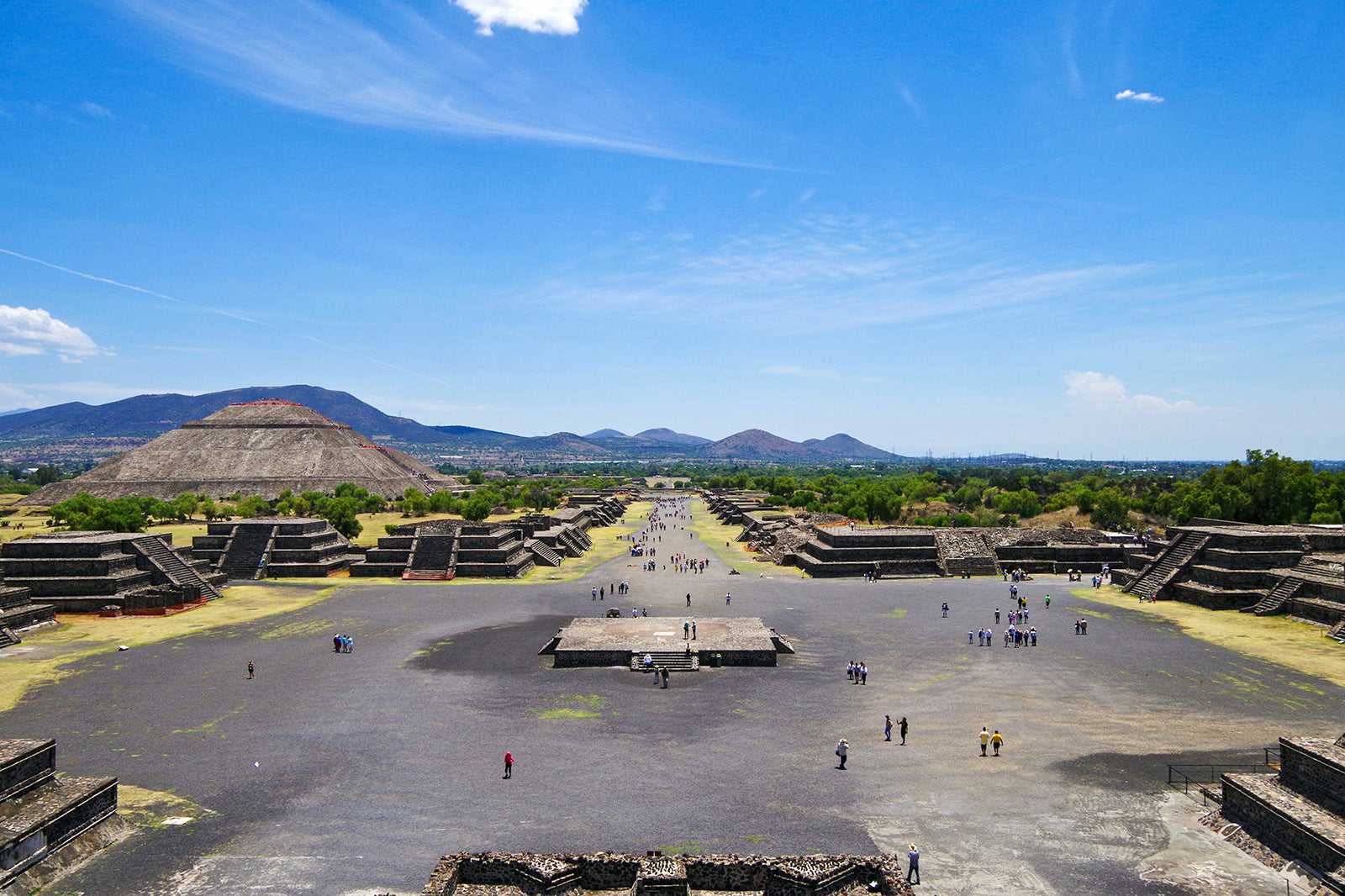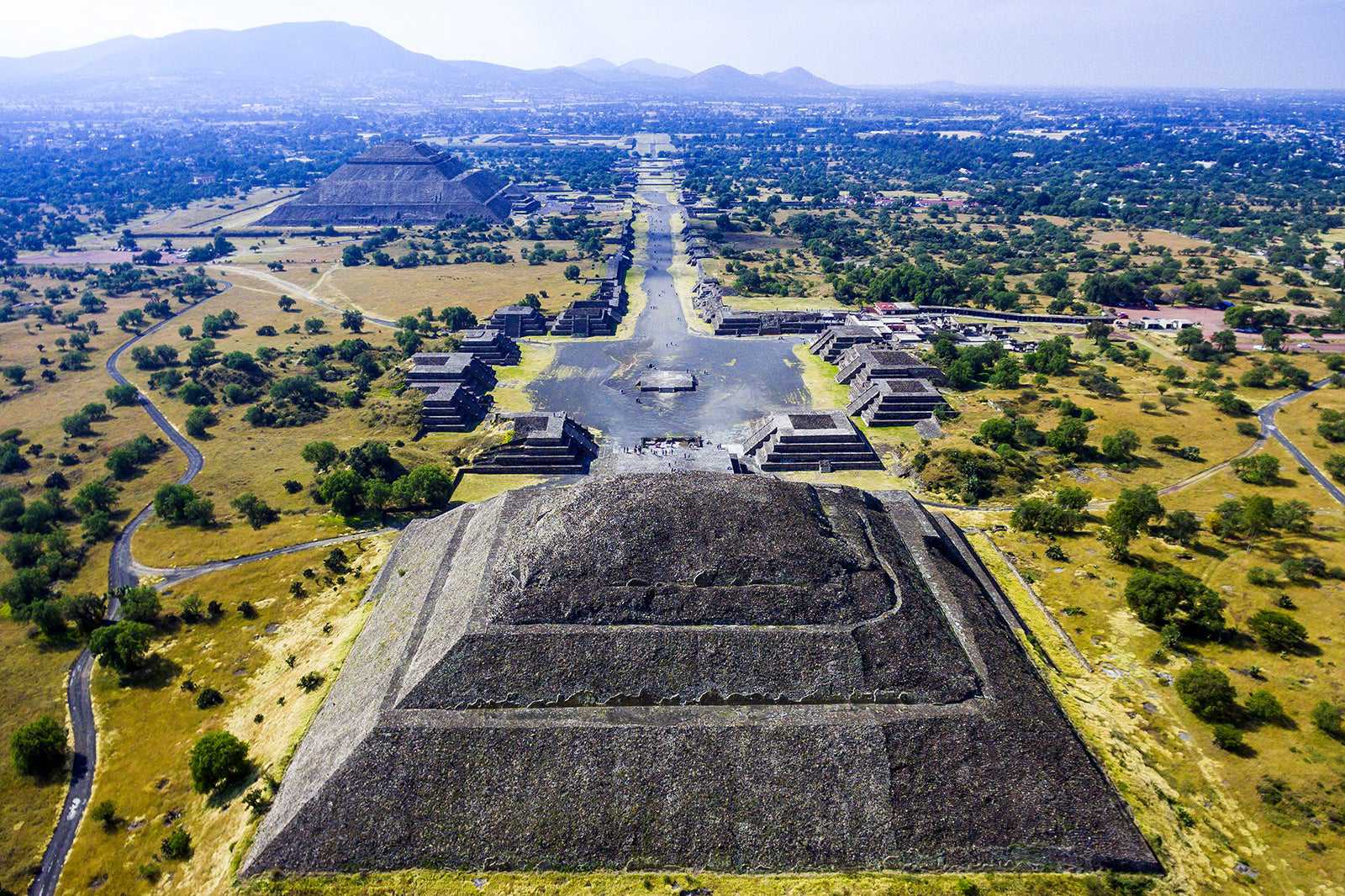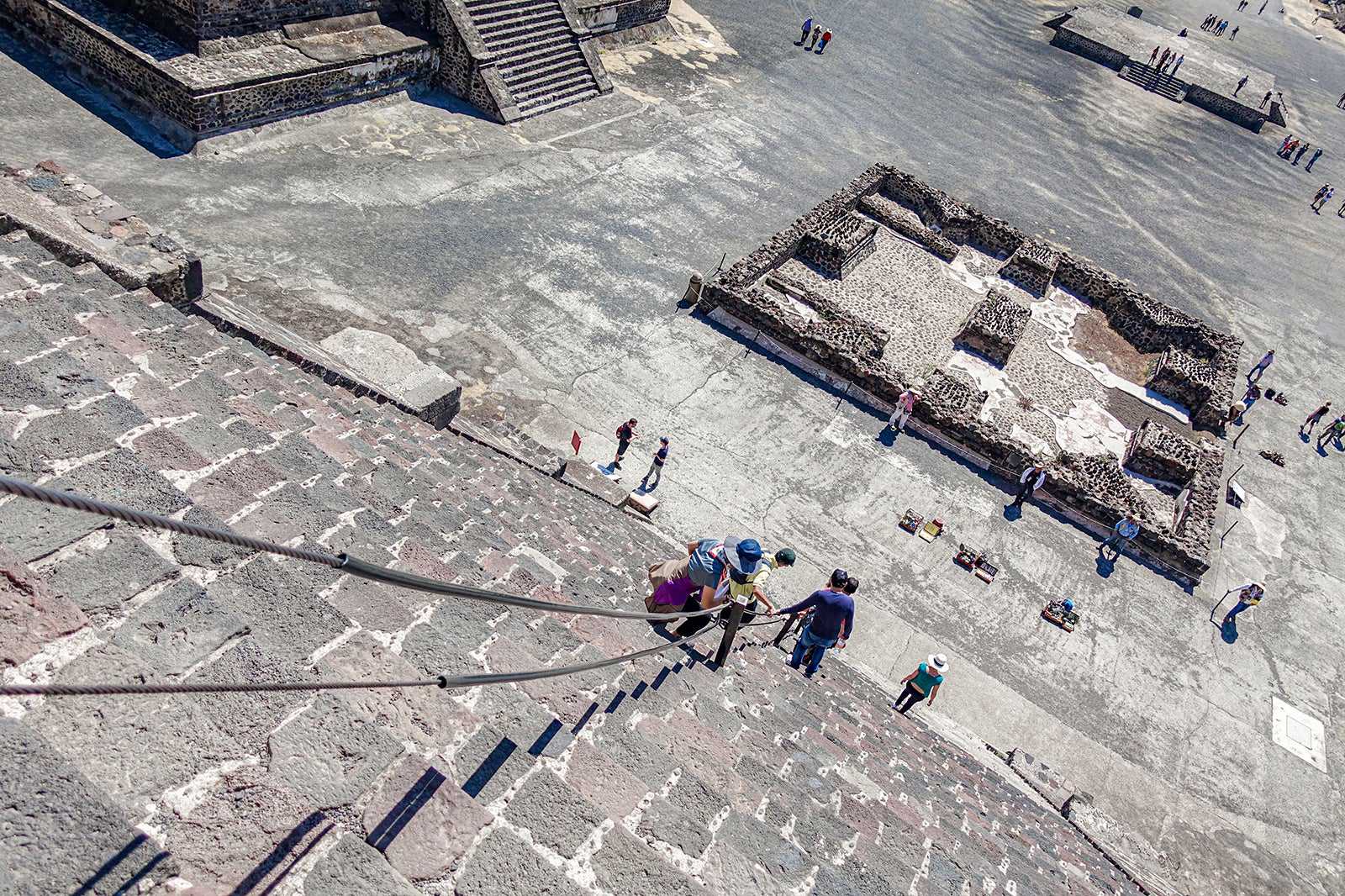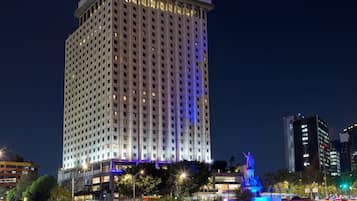Teotihuacán is an ancient Mesoamerican city that experienced its zenith about 2,000 years ago as the largest city in the pre-Columbian Americas. Some of the most impressive Mesoamerican pyramids are still standing today, and they're remarkably well-preserved as they're officially a designated UNESCO World Heritage Site. Visiting this city is like stepping into the past, so it's no wonder that it tends to get millions of visitors every year.
Everyone can enjoy a trip to Teotihuacán, though kids who are more entertained by flashing lights and sleek designs may be less interested than those who are more curious about the past. Regardless of age, you'll find the experience both awe-inspiring and educational. Most people spend about an hour or 2 at the site, though you're welcome to stay longer if you really want to immerse yourself in what the region was like thousands of years ago.
Teotihuacán in Mexico City - one of the highlights of 10 Great UNESCO World Heritage Sites in Mexico and 10 Best Things to Do for Couples in Mexico City (Read all about Mexico City here)

What are the highlights of Teotihuacán in Mexico City?
One of the major highlights of Teotihuacán is the Pyramid of the Moon, a pyramid and temple that dominates nearly the entire area. With construction completed during the 5th century, the pyramid has a long history of being used for various rituals and astronomical observation. Additionally, the pyramid covers an older structure, which explains its historical use as a burial site as well.
While the Pyramid of the Moon is impressive, the largest pyramid in Teotihuacán is the Pyramid of the Sun. With a height of over 200 feet and a base perimeter of 2,608 feet, this pyramid is massive in scale and evokes a sense of awe in visitors. There used to be a temple on the top, but only ruins of that part remain when you climb the steps.

A brief history of Teotihuacán in Mexico City
The city of Teotihuacán dates back thousands of years to the beginning of the Common Era, according to most estimates, but human settlement existed in the region since about 600 BCE. The city is defined as having 4 distinct periods of existence, each with a different experience for residents. The first period was its genesis that ended around 1 BCE when the city was fully actualized. The second period lasted until about 350 CE and was marked by substantial growth.
When Teotihuacán entered the third period that lasted until about 650 A.D., it embodied the classical time in which it achieved the apogee of its influence. Much of the art that still exists today from the city came from this period. Finally, the fourth period from 650 to 750 marked the city's decline during which it's hypothesized that civil strife caused an irreversible downfall.

What else is good to know about Teotihuacán in Mexico City
To get to Teotihuacán, you'll have to head outside the boundaries of Mexico City. Specifically, it's located about 25 miles to the northeast. It's easy enough to drive there via 85D with about an hour of travel time, but you will hit a toll road along the way. Parking is available near the ancient city, but it's typically not free either.
If you're not looking to drive yourself to Teotihuacán, you can always take the bus. The Terminal del Norte stop can take you all the way to San Juan Teotihuacán, and tickets are far cheaper than gas, the toll road, and parking fees. Just be aware that the buses don't run into the night, so you may want to visit in the morning when taking the bus just to be safe.



















